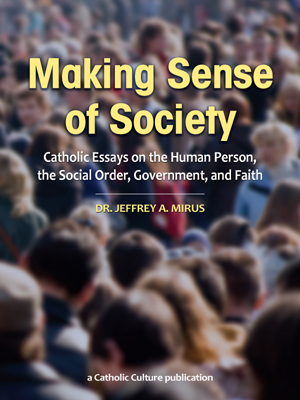Santa Maria Della Grazia
by Zsolt Aradi
The Convent of Santa Maria Della Grazia, Our Lady of Grace, in Milan, which is visited by most people because of its refectory, which houses one of the most magnificent pieces of art ever created by human hands, Leonardo da Vinci's Last Supper--this convent has yet another claim to fame: it is the center of the veneration to Our Lady in Lombardy because it houses the wondrous image of Our Lady of Grace ordered by Lodovico Sforza, a famous Renaissance ruler of Milan and Lombardy at the end of the fifteenth century. Popular tradition and recorded facts relate that the frequent epidemics of plague which several times devastated the entire Po Valley virtually stopped before Milan after the image was enshrined.
Leonardo da Vinci, who was invited by the same Lodovico Sforza to live in Milan and who resided there for many years, was entrusted with the task of decorating one of the walls of the monastery with a painting of the scene of the Last Supper.
With religious indifference that characterized the nineteenth century, Leonardo's masterpiece was admired but completely out of context. Many critics or visitors did not know or chose to ignore the fact that the church had been built in honor of Our Lady and the Last Supper was but a part of the monastery and the church which had one purpose, namely to proclaim the glory of God and to venerate the Mother of God in her capacity of securer of graces for the human race.
The convent and the church have suffered many adversities. During the French Revolution, when French troops occupied Milan, the refectory with the painting of Leonardo was used as a stall and during World War II it was severely damaged by air bombing.
The Milanese is very firm and consistent in his loyalty. Thus following the end of the war, despite civil strife and political differences, the churches to Mary, and among them Santa Maria delle Grazie were repaired before anything else.
This item 3023 digitally provided courtesy of CatholicCulture.org






